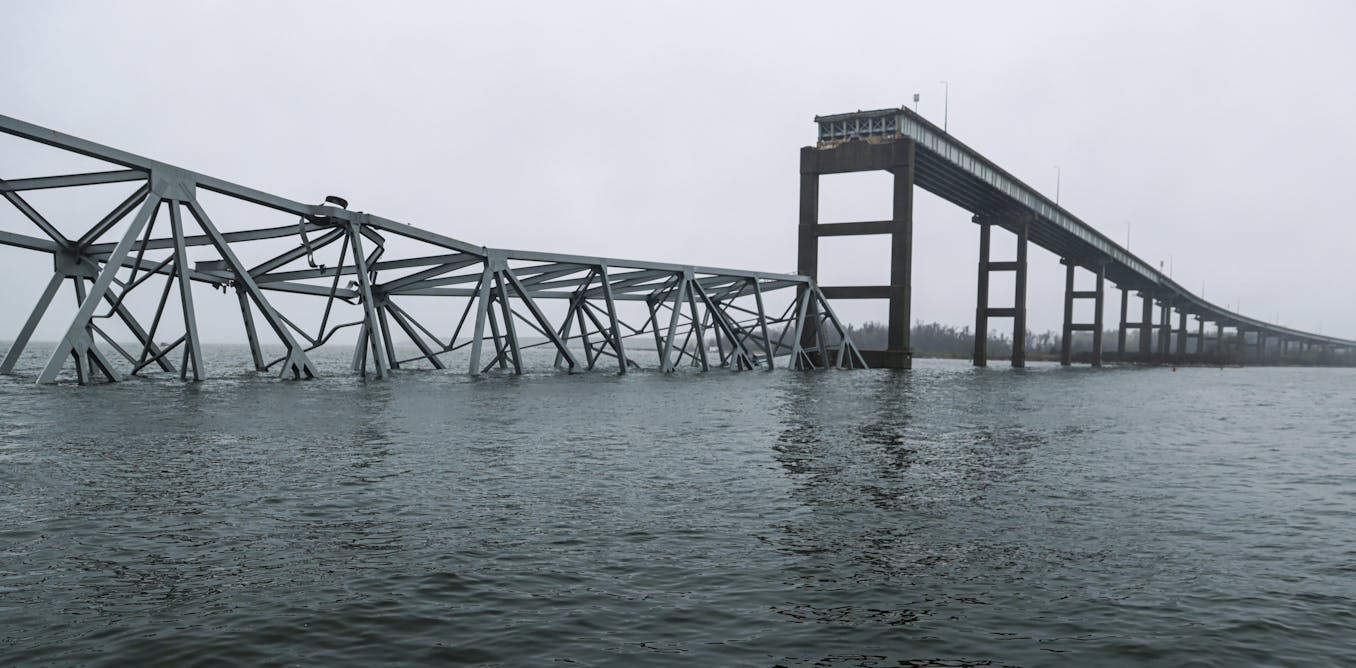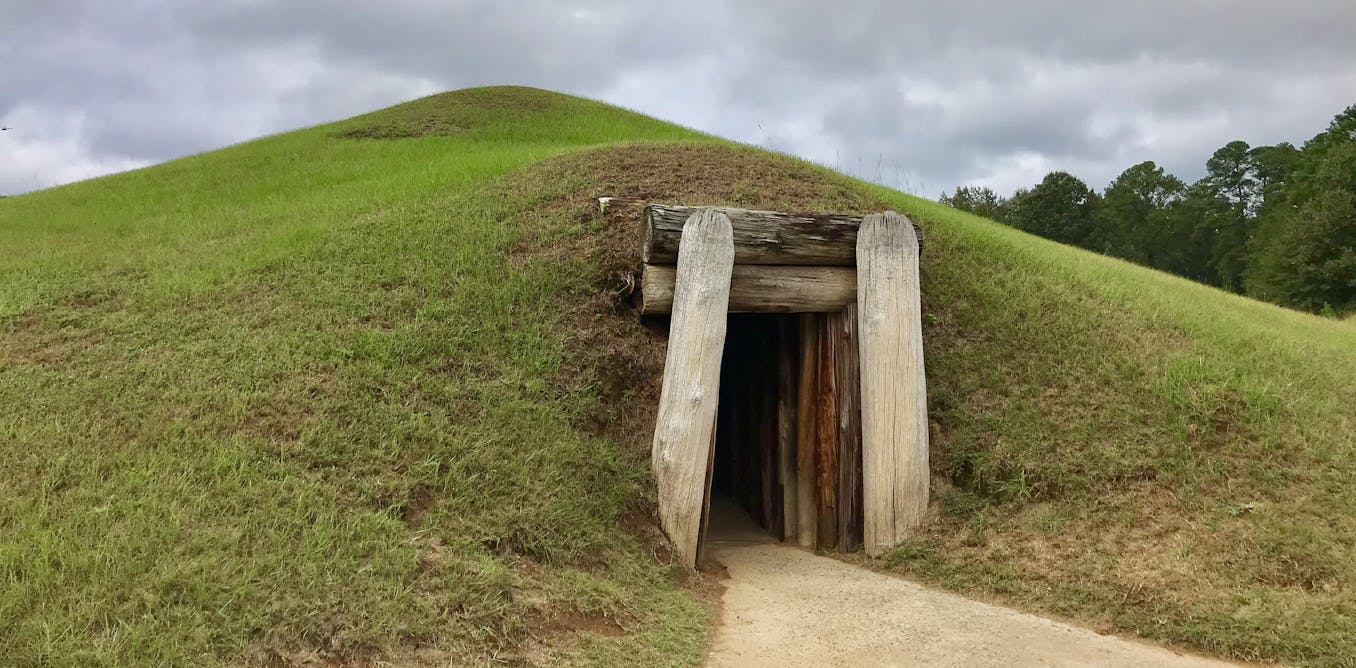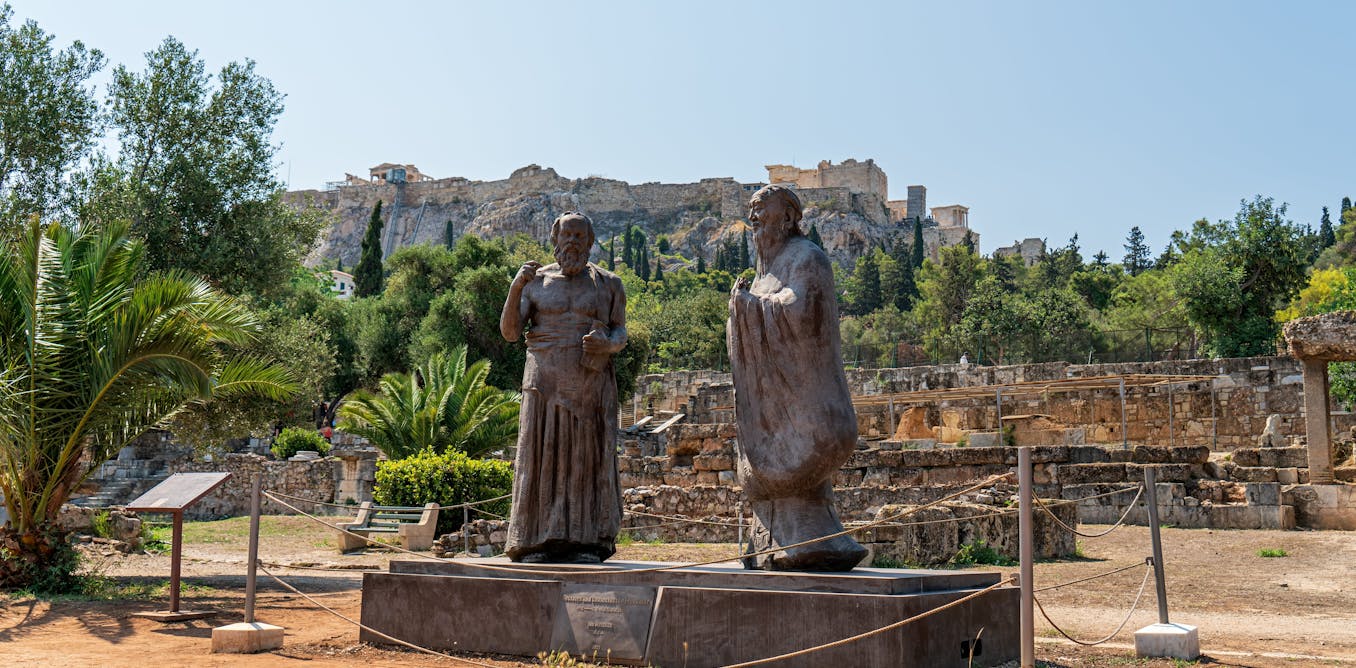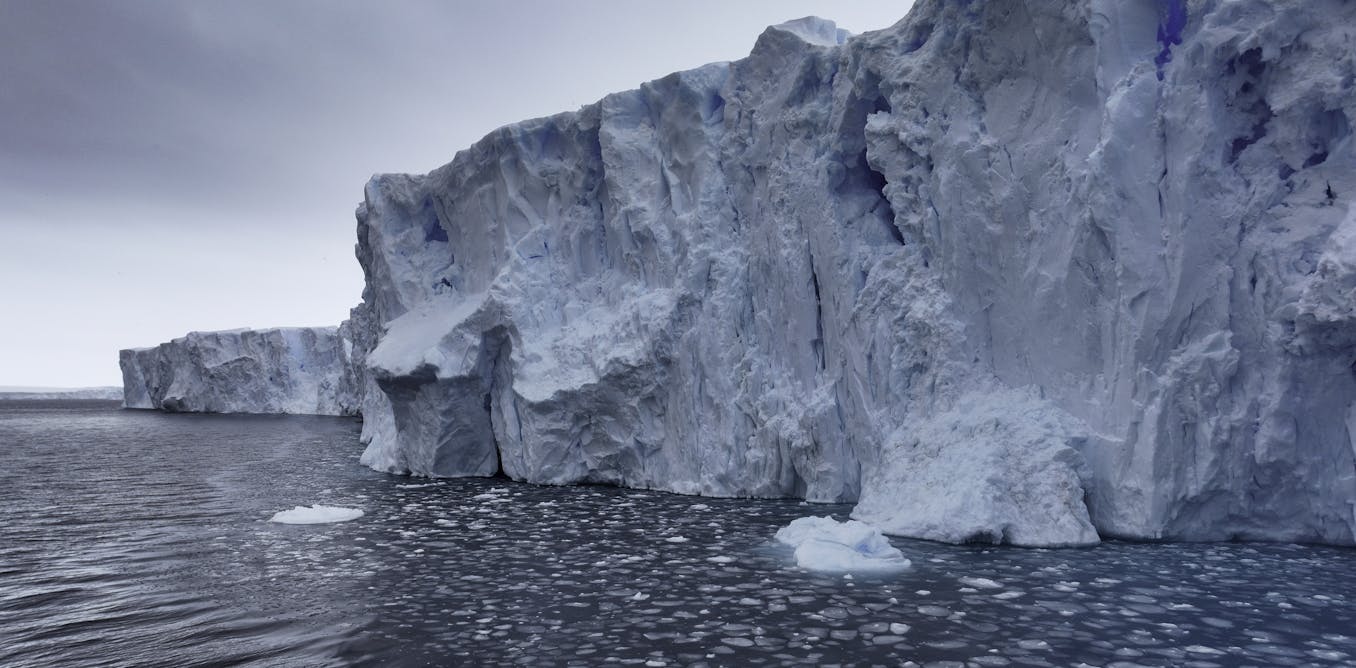The wandering albatross (Diomedea exulans) is the world’s largest flying bird, with a wingspan reaching an incredible 3.5 metres. These birds are oceanic nomads: they spend most of their 60 years of life at sea and only come to land to breed approximately every two years once they have reached sexual maturity.
Their playground is the vast Southern Ocean – the region between the latitude of 60 degrees south and the continent of Antarctica – and the scattered islands within this ocean where they make their nests.
Marion Island and Prince Edward Island, about 2,300km south of South Africa, are some of the only land masses for thousands of kilometres in the Southern Ocean.
Together, these two islands support about half of the entire world’s wandering albatross breeding population, estimated at around 20,000 mature individuals. Every year scientists from South African universities survey Marion Island to locate and record each wandering albatross nest.
The species, listed as vulnerable by the International Union for Conservation of Nature, faces huge risks while in the open ocean, in particular due to bycatch from longline fishing trawlers. This makes it important to understand their breeding ecology to ensure that the population remains stable.
David Hedding, Author provided (no reuse)
I was part of a study during 2021 to investigate which environmental variables affect the birds’ choice of nest site on Marion Island. The birds make their nests – a mound of soil and vegetation – on the ground. We looked at wind characteristics, vegetation and geological characteristics at nest locations from three breeding seasons.
Elevation turned out to be the most important variable – the albatrosses preferred a low (warmer) site and coastal vegetation. But these preferences also point to dangers for the birds from climate change. The greatest risk to the availability of nesting sites will be a much smaller suitable nesting range in future than at present. This could be devastating to the population.
Variables influencing nest site selection
Marion Island is of volcanic origin and has a rough terrain. Some areas are covered in sharp rock and others are boggy, with very wet vegetation. There is rain and strong wind on most days. Conducting research here requires walking long distances in all weathers – but the island is ideal for studying climate change, because the Southern Ocean is experiencing some of the largest global changes in climate and it is relatively undisturbed by humans.
Using GPS coordinate nest data from the entire breeding population on Marion Island, we aimed to determine which factors affected where the birds breed. With more than 1,900 nests, and 10,000 randomly generated points where nests are not present, we extracted:
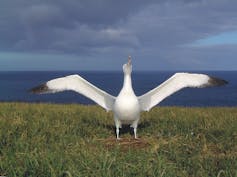
David Hedding, Author provided (no reuse)
The variables were ranked according to their influence on the statistical model predicting the likelihood of a nest being present under the conditions found at a certain point.
The most important variable was elevation. The majority of the nests were found close to the coast, where the elevation is lower. These areas are warmer, which means that the chicks would be less exposed to very cold temperatures on their open nests.
The probability of nests being present also declined with distance from the coast, probably because there are more suitable habitats closer to the coast.
Vegetation type was strongly determined by elevation and distance from the coast. This was an important factor, as the birds use vegetation to build their nests. In addition, dead vegetation contributes to the soil formation on the island, which is also used in nest construction.
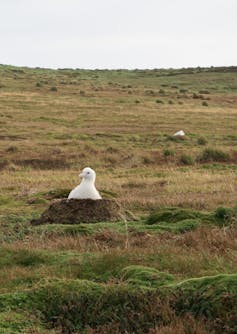
Mia Momberg, Author provided (no reuse)
The probability of encountering nests is lower as the terrain ruggedness increases since these birds need a runway of flat space to use for take-off and landing. During incubation, the adults take turns to remain on the nest. Later they will leave the chick on its own for up to 10 days at a time. They continue to feed the chick for up to 300 days.
Areas with intermediate wind speeds were those most likely to have a nest. At least some wind is needed for flight, but too much wind may cause chicks to blow off the nests or become too cold.
Delicate balance
Changing climates may upset this delicate balance. Human-driven changes will have impacts on temperature, rainfall and wind speeds, which in turn affect vegetation and other species distribution patterns.
By 2003, Marion Island’s temperature had increased by 1.2°C compared to 50 years before. Precipitation had decreased by 25% and cloud cover also decreased, leading to an increase in sunshine hours. The permanent snowline which was present in the 1950s no longer exists. These changes have continued in the 20 years since their initial documentation, and are likely to continue.
Strong vegetation shifts were already documented in the sub-Antarctic years ago. Over 40 years, many species have shifted their ranges to higher elevations where the temperatures remain cooler. Wind speeds have also already increased in the Southern Ocean and are predicted to continue doing so, which may have effects on the size of areas suitable for nesting.
If nesting sites move to higher elevations on Marion Island as temperatures warm, and some areas become unsuitable due to changes in vegetation or wind speeds, it is likely that the suitable nesting area on the island will shrink considerably.
Our study adds to what is known about the elements affecting nest-site selection in birds. Notably, we add knowledge of wind, an underexplored element, influencing nest-site selection in a large oceanic bird. The results could also provide insights that apply to other surface-nesting seabirds.
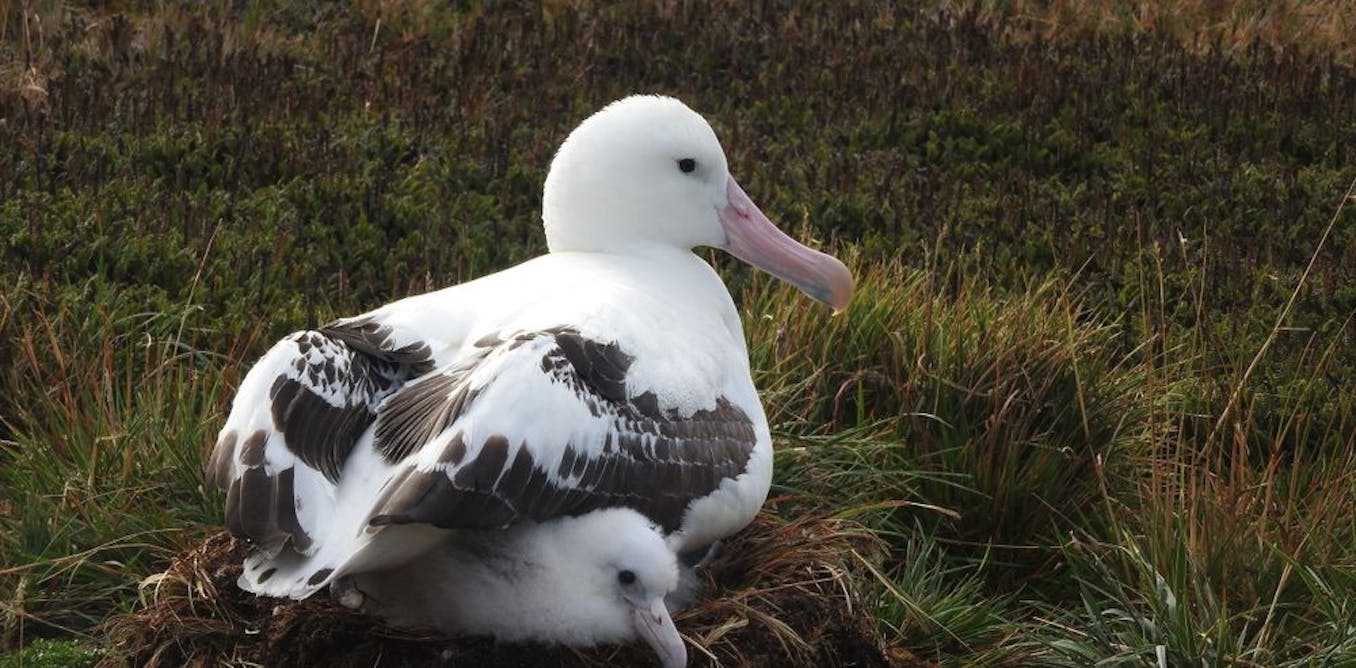
The post “Albatrosses are threatened with extinction – and climate change could put their nesting sites at risk” by Mia Momberg, Postdoctoral research fellow, Department of Plant and Soil Science, University of Pretoria was published on 01/23/2024 by theconversation.com











